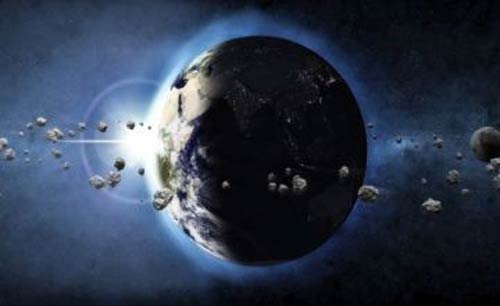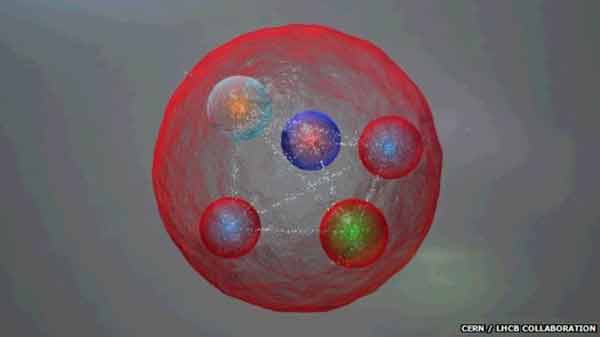Vienna, Austria (BBN)-Our universe may actually be two dimensional but appears three dimensional – just like a hologram, according to scientists, including those from India.
One of the most fruitful theories of theoretical physics in the last two decades is challenging the assumption that the universe is three dimensional, researchers said, reports PTI.
The “holographic principle” asserts that a mathematical description of the universe actually requires one fewer dimension than it seems.
“What we perceive as three dimensional may just be the image of two dimensional processes on a huge cosmic horizon,” researchers said.
Up until now, this principle has only been studied in exotic spaces with negative curvature. However, such spaces are quite different from the space in our own universe.
Results obtained by scientists at Vienna University of Technology and colleagues now suggest that the holographic principle even holds in a flat spacetime.
Holograms are two dimensional, but to us they appear three dimensional. Our universe could behave quite similarly, researchers said.
In 1997, physicist Juan Maldacena proposed the idea that there is a correspondence between gravitational theories in curved anti-de-sitter spaces on the one hand and quantum field theories in spaces with one fewer dimension on the other, said Daniel Grumiller from Vienna University of Technology.
Gravitational phenomena are described in a theory with three spatial dimensions, the behaviour of quantum particles is calculated in a theory with just two spatial dimensions – and the results of both calculations can be mapped onto each other.
For theoretical physics, this is extremely important, but it does not seem to have much to do with our own universe.
Apparently, we do not live in such an anti-de-sitter-space.
These spaces have quite peculiar properties.
They are negatively curved, any object thrown away on a straight line will eventually return.
“Our universe, in contrast, is quite flat – and on astronomic distances, it has positive curvature,” said Grumiller.
However, Grumiller has suspected for quite some time that a correspondence principle could also hold true for our real universe.
To test this hypothesis, gravitational theories have to be constructed, which do not require exotic anti-de-sitter spaces, but live in a flat space.
For three years, Grumiller has been working on that, in cooperation with the University of Edinburgh, Harvard, Indian Institute of Science Education and Research, Pune, the MIT and the University of Kyoto.
The researchers have now published an article in the journal Physical Review Letters, confirming the validity of the correspondence principle in a flat universe.

No Subscription? You Are Missing Out!
Join the business leaders of Bangladesh who rely on BBN's original reporting and in-depth analysis on business scenario of the country. We send only one daily email. No Spam Guaranteed!









